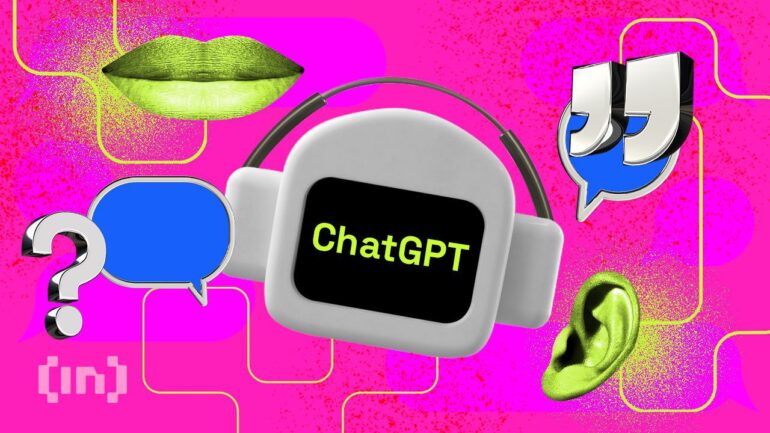TL;DR:
- OpenAI enhances ChatGPT, introducing voice interaction and image-based search capabilities.
- Voice feature powered by advanced text-to-speech model with diverse voice options.
- Spotify partners with OpenAI for podcasters to translate content while retaining original voice.
- Features rolling out to paying subscribers, starting with opt-in beta for voice on Android and iOS.
Main AI News:
OpenAI, the renowned innovator in artificial intelligence, is taking its groundbreaking ChatGPT to the next level. What initially captivated users as a versatile generative AI assistant, primarily for text-based tasks, is now set to usher in a new era of interaction. OpenAI has introduced a voice interface, allowing users to engage in spoken conversations with the chatbot.
This momentous announcement coincides with Amazon’s commitment to invest up to $4 billion in Anthropic, a competing force in the generative AI landscape. This investment is a pivotal move in the ongoing generative AI rivalry, with tech giants like Google striving to catch up through its Bard chatbot, Meta embracing an open-source philosophy to gain an edge, and Microsoft forging a close alliance with OpenAI.
OpenAI’s latest endeavor seamlessly combines the world of voice-based assistants with its powerful large language models (LLMs). Users will now have the ability to orally instruct ChatGPT, tasking it with creating impromptu bedtime stories or simply seeking answers to their queries, all delivered in spoken form. Moreover, the enhancements extend to image-based searches, enabling users to upload images and prompt ChatGPT to explain the contents or provide guidance on specific goals.
The voice capabilities are made possible by a cutting-edge text-to-speech model, capable of crafting remarkably lifelike voices from text input and a brief audio sample. OpenAI collaborated with established voice actors to create a diverse array of five distinct voices. Their open-source Whisper speech recognition system plays a pivotal role in transcribing spoken words into text.
As part of this momentous announcement, Spotify joins the fray as a launch partner, introducing an innovative feature for podcasters. This feature allows podcasters to sample their voices and translate their content from English into Spanish, French, or German, all while preserving their unique original voice. OpenAI, however, is exercising caution, restricting access to this technology. They have collaborated exclusively with select podcasters, including prominent names like Dax Shepard, Monica Padman, Lex Fridman, Bill Simmons, and Steven Bartlett.
OpenAI acknowledges the transformative potential of its voice technology, which can create authentic synthetic voices based on only a few seconds of real speech. However, they also recognize the associated risks, such as the possibility of malicious actors impersonating public figures or engaging in fraudulent activities.
These groundbreaking features will gradually roll out to paying Plus and Enterprise subscribers over the next two weeks. To activate the voice functionality, users can navigate to the “settings” menu within the app, access “new features,” and opt-in to voice conversations. Subsequently, they can select their preferred voice by tapping the headphone icon in the top-right corner. Initially, voice capabilities will be available on the ChatGPT Android and iOS apps on an opt-in beta basis, while image search functionality will be integrated across all platforms by default. OpenAI’s bold move into the realm of voice and image interaction marks a significant milestone in the evolution of generative AI, promising new horizons in user engagement and accessibility.
Conclusion:
OpenAI’s expansion of ChatGPT into voice and image realms signifies a significant advancement in generative AI. This move not only enhances user engagement but also opens doors to innovative applications. It underscores the growing competition in the AI market, with major players like Amazon, Google, Meta, and Microsoft investing heavily in similar technologies, highlighting the industry’s dynamism and potential for disruption.

